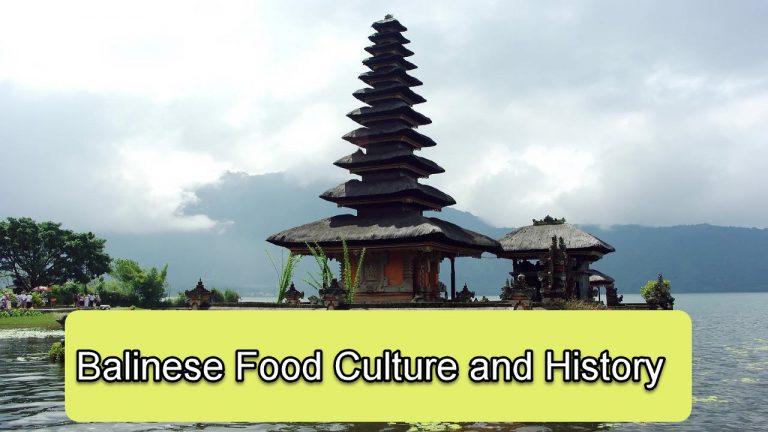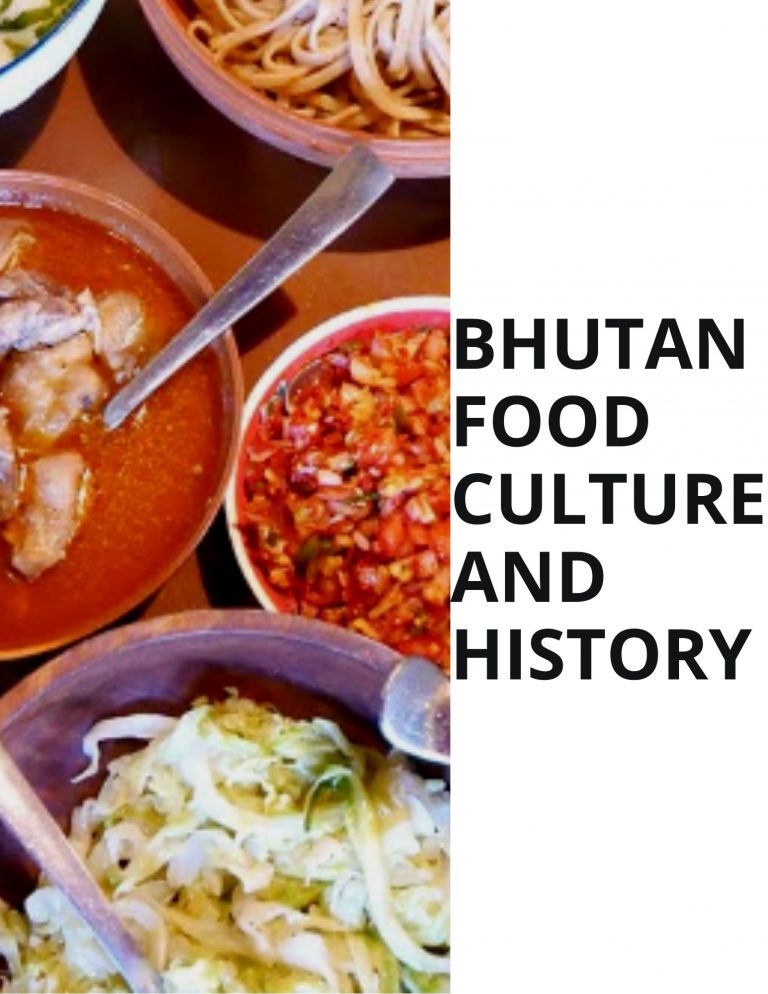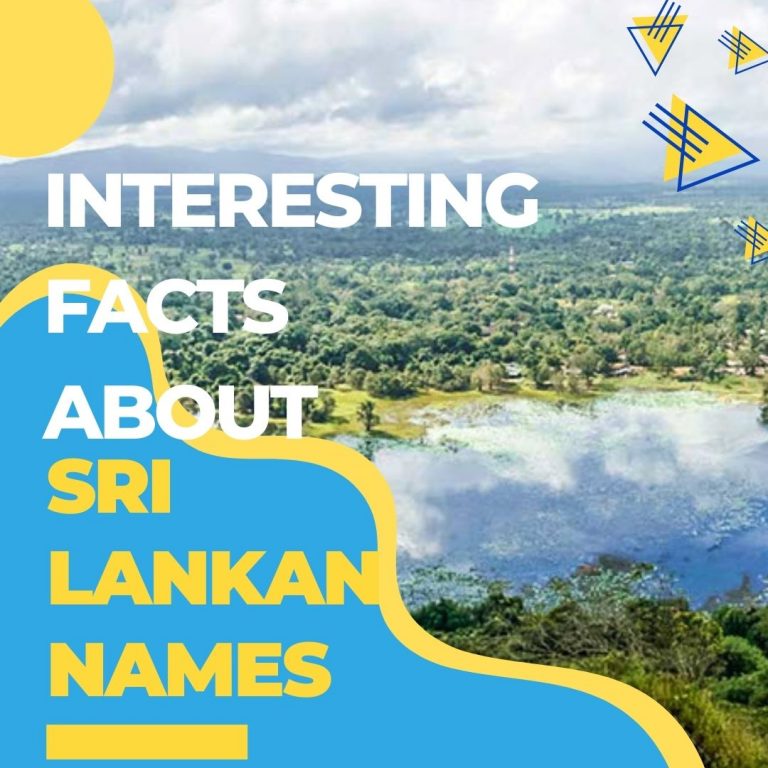Vietnamese Culture And History

Do you want to visit Vietnam? Make sure to research the activities you want to do in Vietnam or the places you want to see before you travel. When visiting Vietnam, make an itinerary. This article will teach you a lot about Vietnamese culture and history.
Vietnamese Culture And History
Vietnamese culture is one of Southeast Asia’s oldest, with the Bronze Age Đông Sơn culture regarded one of the country’s most important ancestors in ancient period. Because of 1000 years of Northern control, Vietnamese culture was significantly influenced by Chinese culture. During this time, Vietnamese was written in two scripts, Chữ Hán, a Chinese script and Chữ Nôm, a Vietnamese script based on Chinese but with invented characters to represent local Vietnamese words. Because of its significant influence on Vietnamese culture, Vietnam is frequently considered part of the East Asian cultural sphere with South Korea, China, North Korea, Taiwan, and Japan.
According to academic sources, the culture of Vietnam originated from ancient Nam Viet, a dynasty of Giao Chi people who shared Han Chinese cultural characteristics, and the ancient Dong Son Culture, which is considered one of the most vital progenitors of its indigenous culture. In 111 BC, Northern evaders seized Nam Viet, resulting in the first Chinese dominance of Vietnam, which lasted over a thousand years and influenced Vietnamese culture in terms of Confucian philosophy, government, and the arts.

Vietnam
The official name of Vietnam is Socialist Republic of Vietnam. Vietnam is an amazing country in Southeast Asia.
Vietnam shares land borders with China to the north, Laos and Cambodia to the west, and sea borders with Thailand, the Philippines, Indonesia, and Malaysia in the South China Sea. The capital of Vietnam is Hanoi, and Ho Chi Minh City is the largest city in Vietnam.
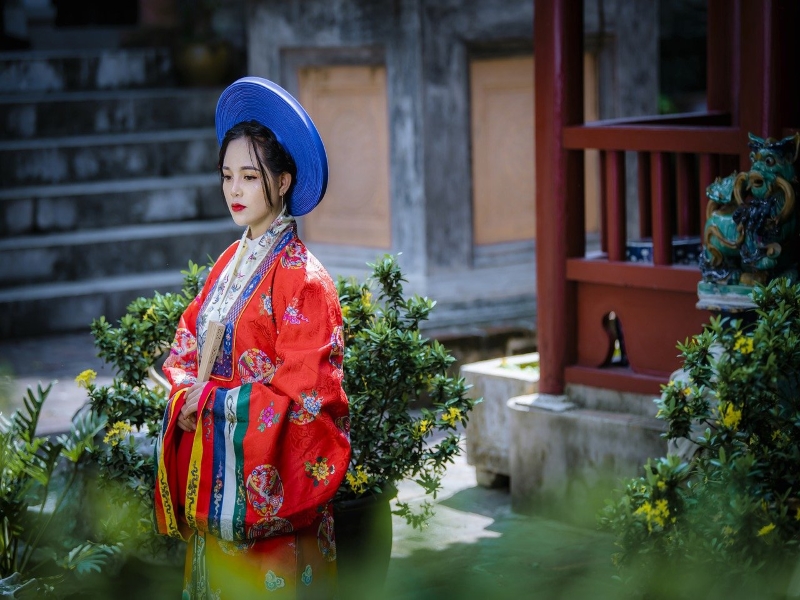
Language In Vietnam
The language of Vietnam has a long and rich history, beginning with Classical Chinese writing (Chữ Hán or Chữ Nho), then a Vietnamese script (Chữ Nôm) that was derived on Chinese character, and finally the modern Latin version (Chữ Quốc Ngữ).
To depict tones in Vietnamese writing, the current Vietnamese alphabet includes diacritics (glyphs attached to letters).
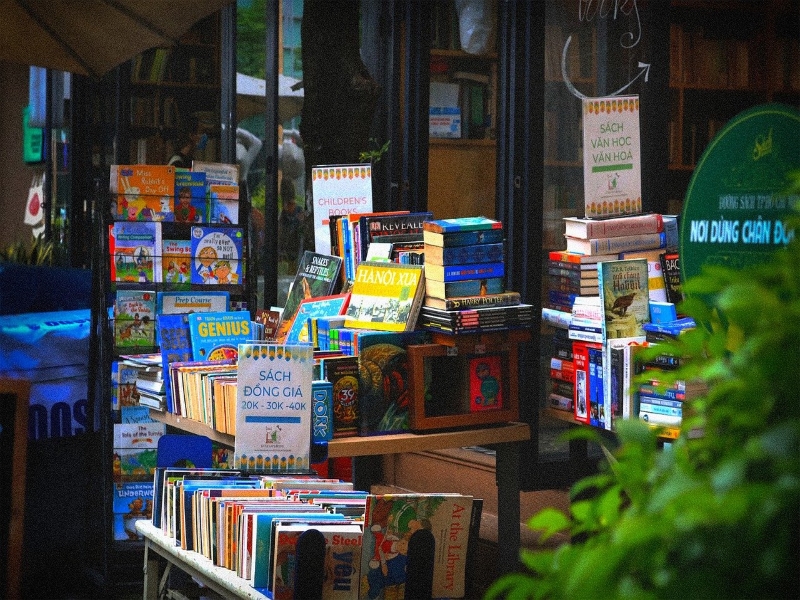
Vietnamese Arts And Literature
Ever since 1920s, literature has essentially been written in the national language (Latin alphabet), with major changes in form and category such as novels, short tales, new-style poems, and dramas, as well as a wide range of stylistic tendencies. Following the August Revolution, written literature developed quickly under the direction of the Vietnamese Communist Party, with a focus on the people’s fighting and working lives.
Vietnamese literature has progressed from romanticism to realism through the years. Folk literature and written literature, both of which flourished virtually simultaneously, are two parts of the country’s literature. Folk literature features fairytales, amusing stories, folk legends, and epic poems. Previously, written literature was written in the Cham and Nom characters, with a focus on poetry and prose. Short stories, novels, dramas, and other works are now largely written in the national language.
Poetry
Throughout its history, Vietnam has generated a wide diversity of cultural poetry. Vietnamese poetry has three language traditions in its history. Each poem was composed entirely in Classical Chinese, with Sino-Vietnamese terminology added subsequently. It was also frequently focused on Buddhist and Confucian themes and traditions.
This form of poetry was popular until the 13th century. Following that, poetry and literature published in the Vietnamese language became the principal contenders to literature written in Classical Chinese language.
Vietnamese poetry was written using the Chữ Nôm writing system for the Vietnamese language. The government of Vietnam likewise approved this writing style and declared it the country’s main language. Until the end of the twentieth century, it was the primary writing system for Vietnamese poetry.
However, with the arrival of the Romanized script, known as Quoc Ngu, and the rise of European control, this shifted. As a result, it’s possible that the specific meaning of Vietnamese poems in Hán-Nôm was lost in the translation to chữ Quốc Ngữ.
Visual Arts
From earlier civilizations through post-Chinese colonial art, which was heavily influenced by Chinese Buddhist art, as well as Taoism and Confucianism, traditional Vietnamese art has been an element of art practiced be Vietnamese people or by Vietnamese artists. However, the Cham and French influence have recently been recognized in the art displays. Silk painting is very popular in Vietnam, and it includes a lot of color. Calligraphy is a well-respected art form that is frequently displayed during traditional holidays such as the Lunar New Year. Vietnamese people would go to a local instructor or an erudite scholar on the third day of the new year to get calligraphy hangings for their homes. Vietnamese wood block prints are extremely popular in the country.
Vietnamese pottery and ceramics, calligraphy, and traditional architecture have all been influenced by Chinese art. Vietnamese lacquer paintings have recently become very popular.
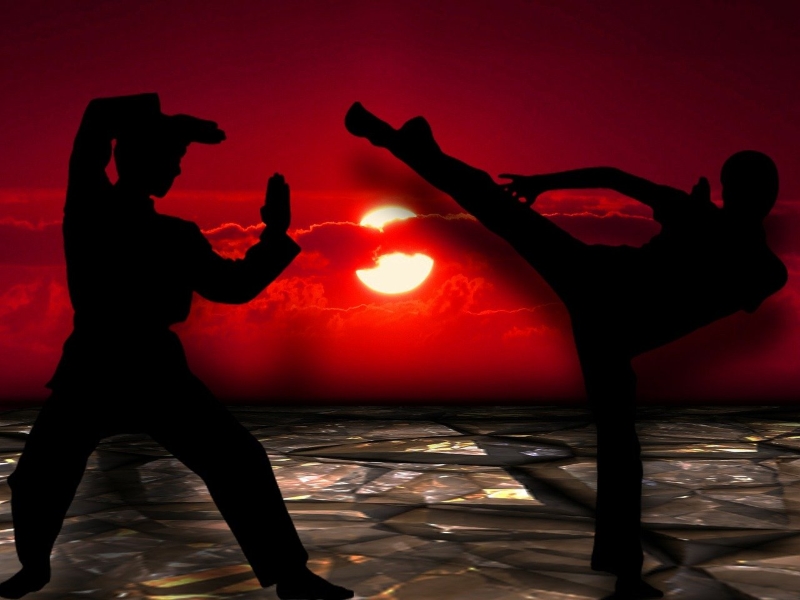
Martial Arts In Vietnam
The nation’s great history of conflict and attempts to defend itself from foreign occupation has resulted in highly developed Vietnamese martial arts. They have developed their unique qualities through millennia in combination with various influences from their neighbors, despite being significantly influenced by Chinese martial arts. Due to the influence of Confucianism, Buddhism, and Taoism, Vietnamese martial arts are deeply spiritual and heavily based on the Viet Vo Dao”, philosophy of Vietnamese martial arts. Vietnamese martial arts practice is guided by the country’s martial arts philosophy.
When compared to their Korean, Thai, Chinese or Japanese counterparts, Vietnamese martial arts are still pretty unknown around the world. But, this is beginning to change, as schools teaching various kinds of Vietnamese martial art form are springing up all over the world, including in nations like Spain.

Performing Arts
Music
Vietnamese music in 3 areas of Vietnam are somewhat different. In North Vietnam or Bắc, the music is older and quite formal, Central classical music reflects influences on Champa culture, and in South Vietnam, the music conveys a carefree spirit.
Vietnam has about 50 national musical instruments, the most popular of which is a collection of percussion instruments. Important traditional forms of music in Vietnam, such as Imperial Court music and Ca Tru are significant.
Water Puppetry
Other performing art forms in Vietnam include water puppetry and various types of theater.
Water puppetry is an unique Vietnamese art form that originates back to the 10th century and is particularly prominent. A split-bamboo screen obscures puppets that stand in water and are handled with long rods hidden beneath the water in water puppetry. Epic tale lines are performed with a variety of puppets, often utilizing traditional Vietnamese life. Quality wood, such as the South East Asian Jackfruit tree, is used to create the puppets. Each puppet is meticulously carved and then painted with multiple coats of paint to safeguard the puppets.
Dance
Vietnam also comprises 54 ethnic groups, each with its distinct traditions. Various traditional dances, like as the lion dance, are performed primarily by the ethnic Vietnamese population at festivals and other special events.
Throughout the centuries, a succession of sophisticated court dances that required tremendous talent arose in the imperial court. The imperial lantern dance, fan dance, and platter dance, among others, are some of the more well-known traditional dance forms.

Traditional Clothing
The clothing of the Vietnamese people changed significantly throughout time and was mostly influenced by the wants and desires of the region’s rulers. Prior to the Nguyen dynasty, the people of Vietnam enjoyed more in choosing their clothes. Several limits were set on the types and colors of clothing that could be worn by the common people of Vietnam during the reign of the Nguyen dynasty.
Common people, for instance, were not permitted to wear clothing dyed in colors other than black, brown, or white (unless on special occasions like as festivals), but these rules were subject to frequent alteration depending on the current ruler’s whims.
The Ao dai is the most popular and well-known Vietnamese national costume. Both men and women wear Ao dai, but it is mostly worn by women nowadays, with the exception of a few major traditional culture-related occasions when some Vietnamese men wear it. It is a long gown with slits on both sides is worn over cotton or silk trousers.
Traditional Vietnamese designs have been substituted by Western trends in daily life. With the exception of the white Ao dai popular among Vietnamese girls in high school, traditional dress is worn on special occasions.
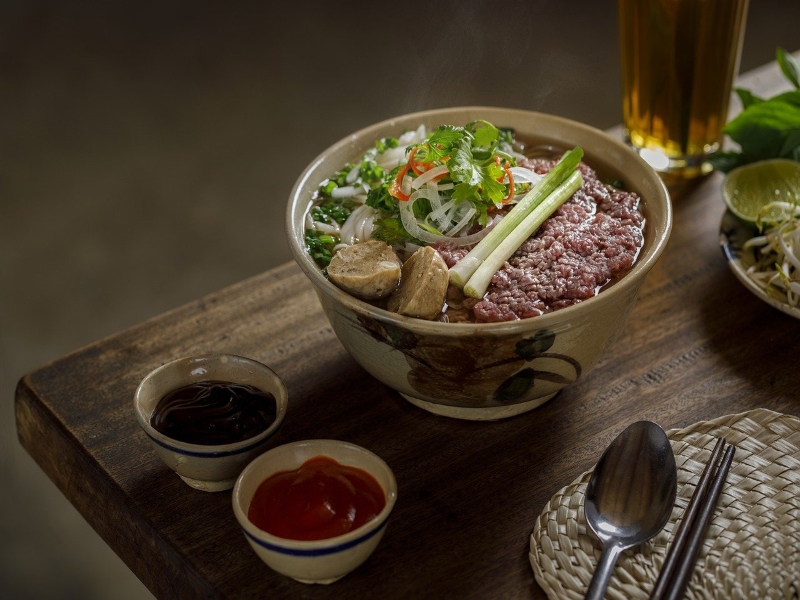
Vietnamese Cuisine
Vietnamese cuisine is widely varied, and it is generally categorized into three categories, each of which corresponds to one of three primary regions, northern Vietnam, central Vietnam and south Vietnam. It is mostly made with rice, fish sauce, and soy sauce, and utilizes very little oil and a lot of vegetables. Sweet (sugar), spicy (serrano pepper), sour (lime), nuoc mam (fish sauce), and a variety of mint and basil scents characterize it.
Noodle soup and noodles are very common in Vietnam. Different areas developed a variety of noodle forms, flavors, colors, and other characteristics. Pho, a sort of noodle soup originating in North Vietnam, and features rice noodles and beef soup, occasionally chicken soup, with many other ingredients such as bean sprouts and scallions or spring onions, is one of the country’s most famous types of noodles. It is commonly served for breakfast, but it also works well as a small meal or dinner. The aromatic stock is poured over the noodles and veggies, shortly before serving.
Typical Vietnamese Family Dish
Vietnamese people’s daily meals are considerably different from Vietnamese foods provided in restaurants or marketplaces. A typical Vietnamese family lunch would comprise the following:
- Cooked white rice
- Seafood/fish, meat, and tofu that are grilled, boiled, steamed, stewed or stir-fried with vegetables.
- Fresh green veggies that are sauteed, boiled, or raw
- Pure fish sauce, ginger fish sauce, tamarind fish sauce, and soy sauce are some of the dipping sauces and condiments available, depending on the main course.
- Salted eggplant, pickled white cabbage, pickled papaya, pickled garlic, or pickled bean sprouts are examples of small dishes of relishes that they usually consume.
- Fresh fruits, drinks or sweets.
Food And Lifestyle
From the preparation to the presentation, Vietnamese cuisine portrays the Vietnamese way of life. The vast majority of Vietnamese people have lived in poverty throughout long periods of war and political struggle, as well as cultural changes. As a result, Vietnamese food ingredients are frequently inexpensive, but the way they are cooked together to achieve a yin–yang balance results in food that is basic in look yet rich in flavor.
Due to the current economic situation, optimizing the use of goods to save funds has become a Vietnamese cooking tradition. Every portion of a cow, from the muscle meat to the intestines, was consumed in previous decades and is being used in rural places today. The better cuts from farmed animals, such as cows and pigs, would be used in soups, stir-fries, and other dishes, while the secondary cuts would be used in blood sausages or soup. The same is applicable for veggies, such as scallions, the green component is sliced into small parts and used to flavor food, while the crisp stem and roots are replanted.
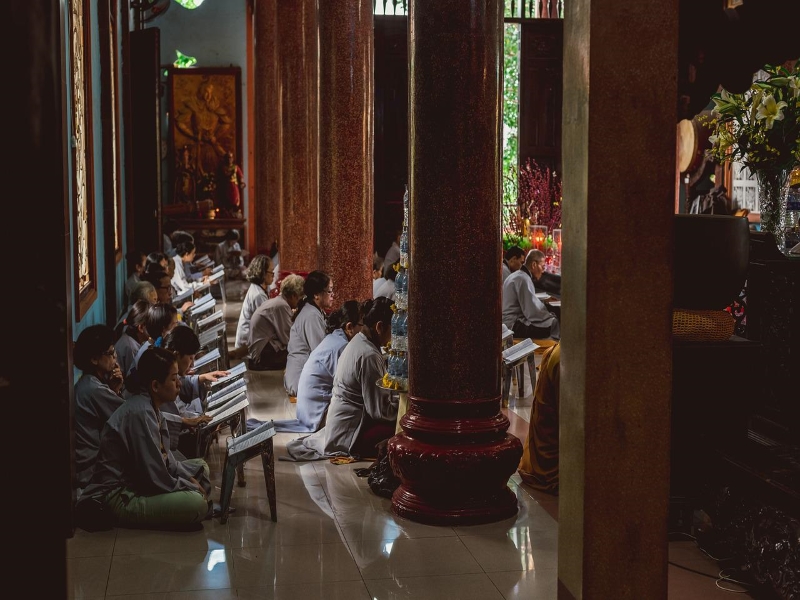
Religions Of Vietnam
Apart from folk religion, Vietnam’s religion has traditionally been a combination of Buddhism, Confucianism, and Taoism known as the Tam Giáo in Vietnamese, the three religions. Studies have actually presented empirical evidence in Vietnamese history and society of the socio-cultural phenomena known as “cultural additivity.”
In modern Vietnam, Catholicism is also practiced.
Ancestor worship and filial piety are popular practices among the Vietnamese older population. Most Vietnamese, regardless of religious affiliation, practice ancestor worship and have an ancestor altar at their residence or workplace.
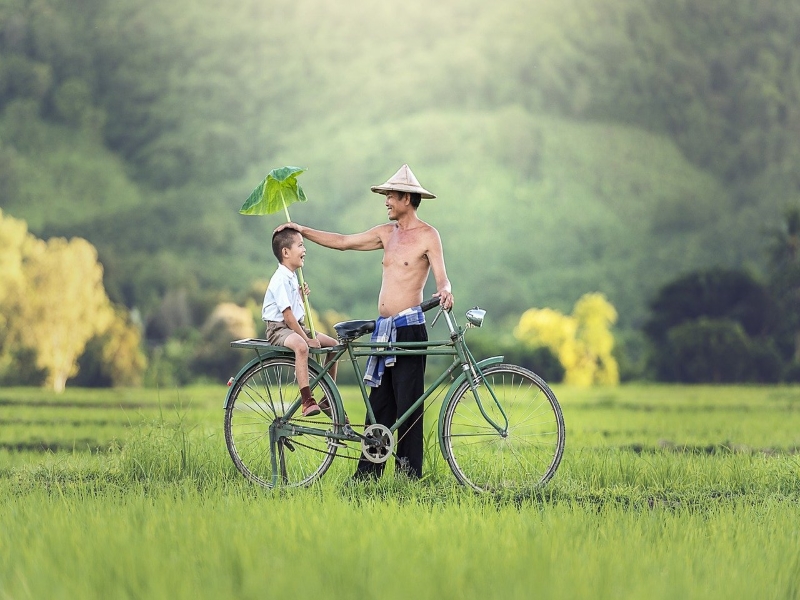
Customs And Social Beliefs In Vietnam
Family
Individualism is appreciated less in Vietnam than family and clan. Clan is the most essential social unit in the country, with each clan having its own patriarch and altar. Clan members living together in longhouses is still a common practice in various parts of the country today. It is also not unusual to see three to four generations of a family members living in one roof. Clan members are related by blood, and their villages are mostly named after their clan names.
Weddings
In the past, marriages in Vietnam were mostly planned by parents, and people married young. But, things have changed recently, and Vietnamese youth now have more freedom in terms of choosing their marriage date and partner. Weddings are still primarily performed according to custom, with lengthy rituals and ceremonies.
Wake
In Vietnam, the traditional funeral ceremony is also extremely complicated and lengthy. When a family member dies in a Vietnamese home, the deceased’s family members conduct a wake ceremony or vigil, which normally lasts five to six days. If the family is awaiting the arrival of relatives from another country, the ritual may last longer. The body has been cleaned and clothed. A chopstick, is inserted between the teeth, along with a pinch of rice and three pennies. As per the saying, “being born from the earth, one must return to the earth,” the body is placed on a grass mat put on the ground. The deceased is wrapped in white cloth and placed in a coffin. Then, the official funeral ceremony is conducted.
Funeral
For the funeral, the family and loved ones wears coarse gauze turbans and tunics. The traditional funeral ceremony and the modern funeral ceremony are the two types of funeral processions.
Traditional Funeral Ceremony
The funeral procession’s date and time must be properly chosen. The funeral procession includes relatives, friends, and descendants who accompany the deceased to the cemetery. Along the journey, votive offerings are dropped. The coffin is lowered and buried at the grave site. The family returns to the tomb or worships the grave’s opening after three days of mourning. The family stops bringing rice to the altar for the dead after 49 days, and after 100 days, they celebrate tot khoc, or the end of the tears. The first anniversary of the relative’s death is commemorated after one year, and the end of mourning is commemorated after two years.
Modern Funeral Ceremony
Currently, mourning ceremonies follow new, simpler customs, which include covering and placing the dead body in a coffin, the funeral procession, the burial of the sike in the grave, and visits to the tomb.
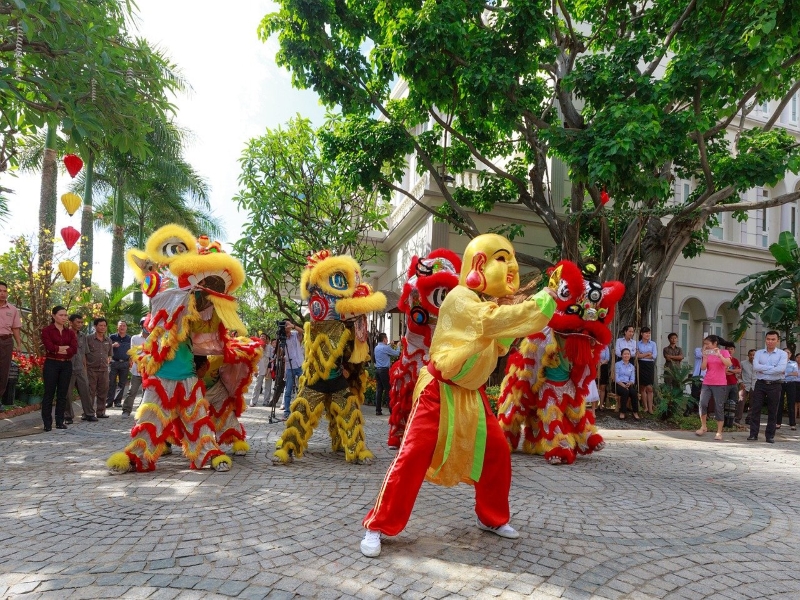
Festivals In Vietnam
In Vietnam, there are a lot of festivals. Festivals are held with great pride and grandeur in the country, including both traditional and culturally accepted ones.
TET Nguyen Dan, Hung King Holidays in March 10th, Ka Te Festival, Dong Da Festival in Hanoi, Saint Giong Festival, Perfume pagoda festival, Hội đua voi – Elephant racing in Don village, Cau Ngu Festival in Hue in December, Ba Chua Xu Festival, Cam Muong Festival in Lai Chau province, are some of the festivals being celebrated in Vietnam.
During the days when the moon is full, special prayers are offered at Vietnamese and Chinese pagodas. On such days, many Buddhists consume entirely vegetarian meals. The lunar calendar is used for several other major religious festivals.
Vietnam has a lengthy and distinctive culture that is intrinsically linked to the country’s formation and progress.
